Key Takeaways:
- Key healthcare data types include clinical trials, insurance claims, and electronic health records (EHRs), each with distinct purposes.
- Clinical trial data directly captures efficacy and safety of interventions, but availability is limited until publication and may lack generalizability.
- Insurance claims provide large-scale utilization patterns, outcomes metrics across diverse groups, and cost analysis, but lack clinical precision.
- EHR data offers longitudinal individual patient history and care details in operational workflows but quality and standardization varies.
- Combining evidence across clinical trials, claims data, and EHRs enables real-world monitoring of interventions to guide optimal decisions and policies.
In an era of big data and analytics-driven healthcare, evidence informing clinical and policy decisions draws from an expanding variety of data sources that capture different aspects of patient care and outcomes. Three vital sources of health data include structured databases tracking results of clinical trials, administrative insurance claims systems, and electronic health records (EHRs) compiled at hospitals and health systems. Each data type serves distinct purposes with inherent strengths and limitations.
This article explains the defining characteristics, appropriate use cases, and limitations of clinical trials, insurance claims data, and EHRs for healthcare and life science researchers, operators, and innovators.. Combining complementary dimensions across data types enables robust real-world monitoring of healthcare interventions to guide optimal decisions and policies matched to specific populations.
Clinical Trials
The randomized controlled trial (RCT) serves as the gold standard for evaluating safety and efficacy of diagnostic tests, devices, biologics, and therapeutics prior to regulatory approvals. Clinical trials compare treatments in specific patient groups, following strict protocols and monitoring outcomes over a set study period. Data elements captured include administered treatments, predefined clinical outcomes, patient-reported symptoms, clinician assessments, precision diagnostics, genomic biomarkers, other quantifiable endpoints, and adverse events.
RCT datasets supply the most scientifically valid assessment of efficacy and toxicity for an intervention compared to alternatives like placebos or other drugs because influential variables are intentionally balanced across study arms using eligibility criteria and random assignment. This internal validity comes at a cost of potentially reduced generalizability and applicability. As a result there is a challenge in translating benefits and risks accurately into heterogeneous real-world populations. Published trial findings often overstate effectiveness when applied more broadly. Additional data from pragmatic studies is needed to complement classical efficacy findings along the product lifecycle.
Supplemental data integration is required to expand evidence beyond the limited snapshots of clinical trial participants and into continuous monitoring of outcomes across wider populations who are prescribed the treatments clinically. Here the high-level perspectives of insurance claims data and granular clinical details contained in EHRs play a vital role.
Insurance Claims
Administrative claims systems maintained by public and commercial health insurers serve payment and reimbursement purposes rather than research goals. Yet analysis of population-level claims data containing coded diagnoses, procedures performed, medications dispensed, specialty types, facilities visited, costs billed and reimbursed enables important usage trends, treatment patterns, acute events, and cost efficiency insights which complements clinical trials.
Claims provide researchers a broad window into diagnoses, prescribed interventions, and health outcomes frequently spanning millions of covered lives across geographical regions that are absent from most trials. Claims data encompasses at all covered care delivered rather than isolated interventions. Examining trends over longer timeframes across more diverse patients who differ from strict trial eligibility enables assessment of real-world utilization frequencies, comparative effectiveness versus alternatives, clinical guideline adherence, acute complication rates, mortality metrics, readmission trends, and direct plus indirect medical costs.
However, claims data lacks the precise clinical measures systematically captured in trials and EHR records. Billing codes often fail to specify clinical severity or capture quality of life impacts. Available data elements focus primarily on how much and how often healthcare services are used rather than qualitative clinical details or patient-reported outcomes. Underlying diagnoses and accuracy of coding may require supplementary validation. Despite its limitations, claims data plays a crucial role in providing essential information for healthcare professionals, researchers, and policymakers. It serves as a valuable tool for monitoring diverse aspects of the healthcare system, ultimately contributing to the assurance of efficient, safe, and effective treatments.
While abbreviated claims codes document utilization events at a population level and clinical trials quantify experience for circumscribed groups, the patient-centric Electronic Health Record (EHR) details comprehensive individual-level clinical data as an immutable ledger accumulated over years of clinical encounters across care settings. The longitudinal EHR chronicles detailed diagnoses, signs and symptoms, lab orders and results, exam findings, procedures conducted, prescriptions written, physician notes and orders, referral details, communications around critical results, and other discrete or unstructured elements reflecting patient complexity often excluded from claims data and trials.
EHRs
EHRs provide fine-grained data for precision medicine inquiries into subsets of patients with common clinical trajectories, risk profiles, comorbidities, socioeconomic factors, access challenges, genomic risks, family histories of related illnesses, lifestyle behaviors like smoking, and personalized interventions based on advanced molecular markers. EHR data supports deep phenotyping algorithms and temporal pattern analyses that can extract cohort comparisons not feasible solely from claims.
Secondary use of EHR data faces challenges in representativeness when drawing data from single health systems rather than national networks, variability in coding terminologies and data entry fields across platforms, fragmentation forcing linkage between separate specialties and sites of care, semi-structured formats with mixed discrete codified and free text variables, and data quality gaps during clinician workflow constraints. Population-based claims data ensures inclusion of patients seeking care across all available providers rather than just one health system.
Integrating Complementary Evidence
Definitive clinical trial efficacy remains the gold standard when initially evaluating medical interventions, while large-scale claims data offers a complementary view of broader utilization patterns and comparative outcomes across more diverse populations who are receiving interventions in clinical practice. However, as interventions diffuse beyond the research setting, reliable acquisition of clinical details requires merging population-based signals from claims with deep clinical data contained uniquely within EHRs.
Combining evidence across clinical trials, claims databases, and EHR repositories maximizes strengths of each data type while overcoming inherent limitations of any single source. Clinical trials determine effectiveness, and combining insights from large-scale claims data with detailed clinical information in EHRs is crucial for assessing interventions as they transition from research to practical healthcare, contributing to overall healthcare improvement.
| Aspect | Clinical Trial Data | Claims Data | EHR Data |
| Primary Purpose | Research and development of new treatments | Billing and reimbursement for services | Patient care and health record keeping |
| Data Source | Controlled clinical studies | Insurance companies, healthcare providers | Healthcare providers |
| Data Types Included | Patient demographics, treatment details, outcomes | Patient demographics, services rendered, cost | Patient demographics, medical history, diagnostics, treatment plans |
| Data Structure | Highly structured and standardized | Structured but varies with payer systems | Structured and unstructured (e.g., doctor’s notes) |
| Temporal Span | Limited to the duration of the trial | Longitudinal, covering the duration of coverage | Longitudinal, covering comprehensive patient history |
| Access and Privacy | Restricted, subject to clinical trial protocols | Restricted, governed by health insurance portability and accountability act (HIPAA) regulations | Restricted, governed by HIPAA and patient consent |
| Primary Users | Researchers, pharmaceutical companies | Healthcare providers, payers, policy makers | Healthcare providers, patients |
| Data Volume and Variety | Relatively limited, focused on specific conditions | Large, diverse covering a wide range of conditions and services | Large, diverse, includes a wide range of medical information |
| Use in Healthcare | Drug development, understanding treatment effectiveness | Healthcare economics, policy making, fraud detection | Direct patient care, diagnosis, treatment planning |
| Challenges | Limited generalizability, high cost | Variability in coding, potential for missing data | Inconsistent data entry, variability in EHR systems |
Sources:
https://www.ncbi.nlm.nih.gov/books/NBK11597/
https://pubmed.ncbi.nlm.nih.gov/10146871/
https://www.fda.gov/drugs/types-applications/new-drug-application-nda



